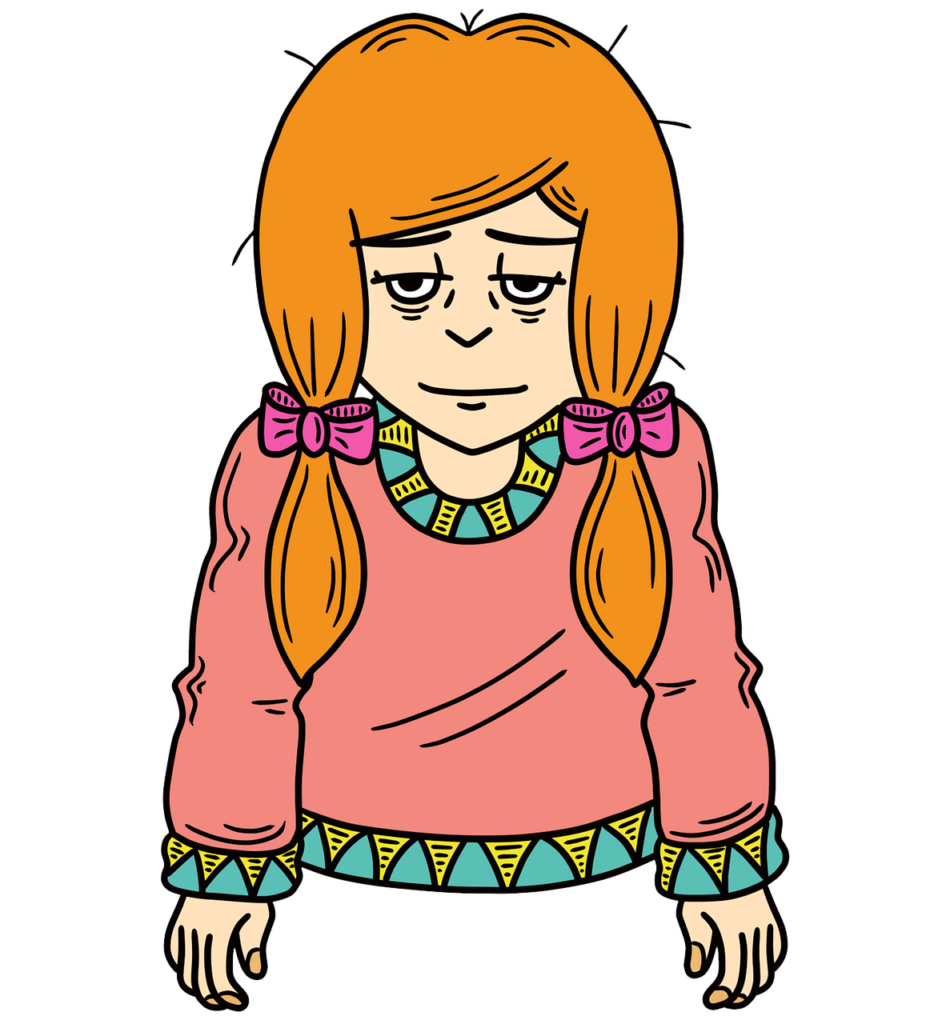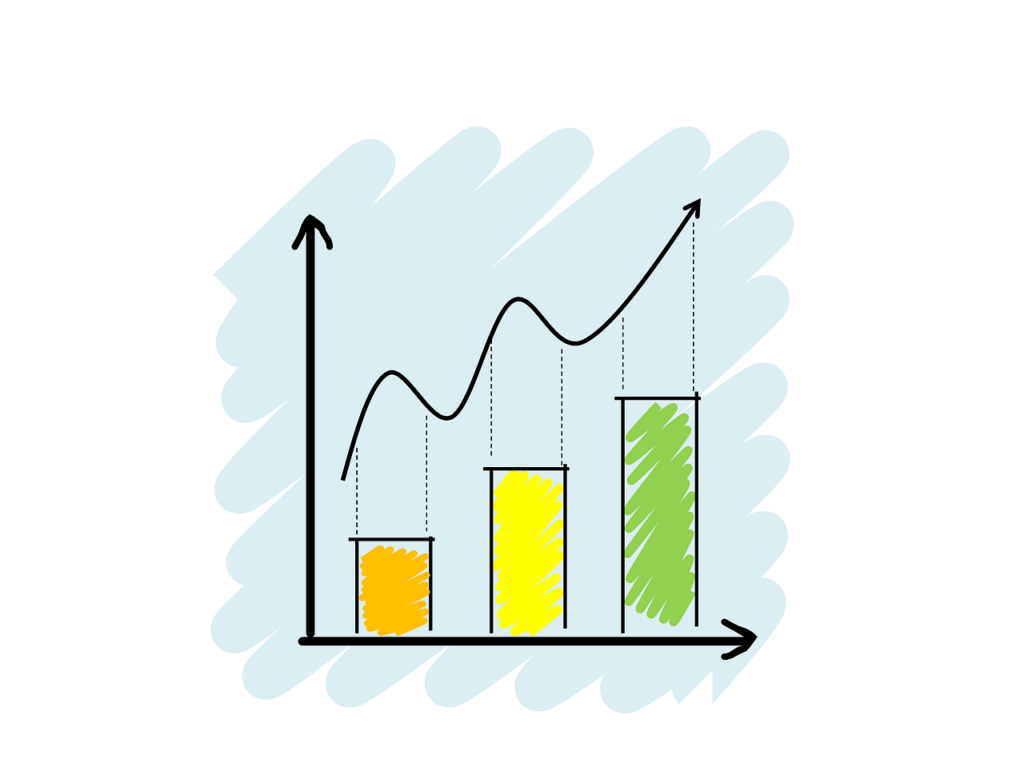Where did the Motivation Go?
Did you achieve ANY New Year’s goals this year?
Each year, according to new research, Americans abandon their New Years Resolutions by February 1st. Often due to a dip in motivation, time, and stamina to reach their goals.

When the principles of applied behavior analysis (ABA) are put into practice, you can change your resolutions into real lifestyle improvements.

Emotion = Action
Emotions are what drive us to action. Many people turn to music, motivational videos or inspirations to help them with their goals. Whether that is turning to CT Fletcher to command your muscles to grow, picking up your favorite chef’s new healthy cookbook, or begging for sheer will to have a more positive mindset, these will all help you change your emotions.
But emotions can be fleeting.
This is why many emotional driven tactics can help us in the short term, but do not create a long-term lifestyle improvement. The New Year carries a lot of inspirational beginnings which can motivate a person for a short while. Once emotions are left, many are still white knuckling trying to choose one little snack over a pint of ice cream. There is only so much that we can do as humans. Lucky for us, there are many ways that ABA therapy has proven to help.
Change in Environment = Motivation
It is extremely difficult to create lifestyle improvements if an environment does not support it. The world around us has significant influence on daily life. For example, if someone works in a candy factory and has unlimited access to large quantities of candy every day then they are more likely to eat candy.
Identifying triggers is crucial to finding ways around barriers to goals. There are many lifestyle gurus out there that support this. Just eliminate all of the bad food in your house and then you are much less likely to eat bad food. Easy, right?
But life doesn’t work that way.
It is difficult to keep up goals if your environment does not support this. Even the legendary author Marie Kondo- the absolute queen of tidying up has let her house become messy after her family grew. If Marie Kondo cannot keep up with changing her environment to fit her perfect lifestyle, then what else can we do? Creating a customized plan to fit each individual, their environment, and their goal is crucial for creating long term changes. This is what ABA therapy does.

ABA therapy is customized to the individual and family lifestyle to create the most likely scenario to achieve one’s goals. It helps to find triggers that most affect emotions and enhance the environment to create a change that doesn’t feel overwhelming. Which is why this therapy could be used for anybody regardless of age or development.
ABA Therapy for Lifestyle Improvement Example
Resolution: Lose Weight
Biggest Trigger: Ice Cream- patient loves ice cream.
Other Solutions Tried:
- Cutting out ice cream completely
- Substituting a different snack for the ice cream
- Only allowing ice cream on Sunday
- Allowing only a small scoop of ice cream
- Eliminate ice cream- cannot do this because of other people in the household
Did anything work: NO
ABA Solution: Allowing trips to the ice cream shop. Do not cut out ice cream but make it a special treat. This can also be used as a motivational tool for any children in the house.
Applied Behavior Analysis is a therapy that can be used by anybody to create lasting lifestyle improvements.

